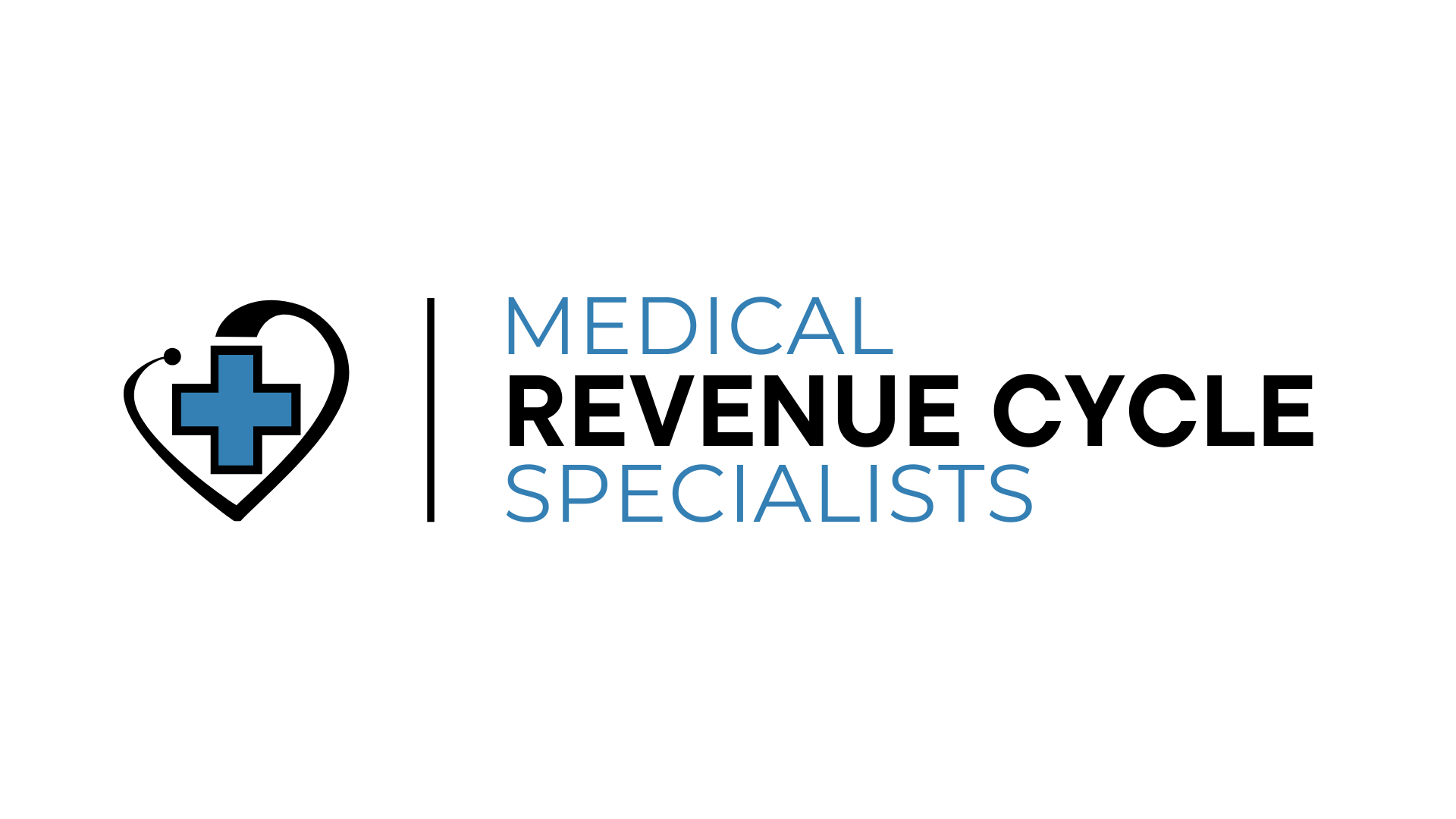Unpacking the AHEAD Model: How CMS Aims to Revolutionize State Healthcare Systems
- Nick Fernandez

- Sep 19, 2023
- 2 min read
Updated: Oct 30, 2023

As healthcare systems across the country grapple with an array of challenges—from rising costs to health disparities—the Centers for Medicare & Medicaid Services (CMS) is spearheading an initiative that aims to reshape the landscape. Dubbed the AHEAD Model, or States Advancing All-Payer Health Equity Approaches and Development Model, this program plans to pivot healthcare delivery and funding towards more equitable, sustainable pathways.
What the AHEAD Model Promises
According to CMS, the AHEAD Model is focused on improving overall population health and reducing disparities in healthcare outcomes. The initiative is based on previous successful models implemented in states like Maryland, Pennsylvania, and Vermont.
It aims to:
Provide more access to primary care services
Lower healthcare costs for patients
Put healthcare spending on a "more sustainable trajectory"
One of the significant facets of the AHEAD Model is its all-payer participation, including Medicare, Medicaid, commercial insurers, and self-insured employers. The model offers payment streams for hospitals and primary care practices and promises greater screening services and community resources like housing and transportation for patients.
Funding and Implementation Timeframes
CMS has earmarked up to $12 million per state for implementing the model, with states sorted into three separate cohorts based on their readiness levels. Each cohort has different pre-implementation and performance periods, starting as early as July 2024.
5 Key Considerations for States
While the AHEAD Model is undoubtedly ambitious, it's crucial for participating states to carefully consider its various elements:
State Accountability: States are responsible for overall growth in healthcare expenditures. This means they must effectively manage funding and ensure alignment with other CMS programs and Medicaid Waivers.
Focus on Primary Care: Primary care is crucial in managing complex conditions and preventing chronic diseases. Resources will be allocated to bolster primary care services.
All-Payer Participation: The model seeks to engage all possible payers in the healthcare system, necessitating a coordinated effort to streamline processes and avoid redundancy.
Addressing Social Determinants: Beyond healthcare, social factors like housing and transportation can affect health outcomes. The model will support states in tackling these issues.
Phased Implementation: Given the complexity, states need to assess which cohort they fit into and prepare accordingly.
The Bottom Line
The AHEAD Model offers a transformative vision for healthcare, one that could pave the way for a more equitable and sustainable system. However, its success hinges on meticulous planning, cross-sector coordination, and a genuine commitment to addressing both medical and social determinants of health.
States that can successfully implement the AHEAD Model stand to gain a lot—not just in terms of funding but in actually building a healthcare system that works for everyone. But as they navigate this complex journey, these stakeholders must keep in mind that the ultimate goal is to create a healthcare environment where quality care is accessible and affordable for all.




Comments